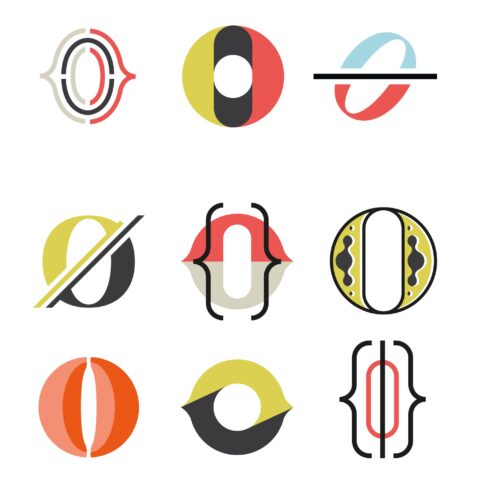How is your general health? Our expert shares simple and safe ways to track your wellbeing at home.
Previously, we’ve looked at some of the tests it’s useful to understand and important to schedule. There are also other simple tests we can do ourselves to keep track of how well (or not) we’re doing healthwise. Try these and think about tracking them – you might find some of the results surprising.
1. Flexibility and Strength
There are a few ways to test flexibility – google it and you’ll find some fun ones. An interesting flexibility and strength test is the sit/rise test; there’s some evidence that links doing well in this test to living longer, though studies were based on older people. It’s not a perfect test, and for some people it won’t apply at all. But if you’re after a challenge, try this one.
How to do it
Stand barefoot with your legs crossed. Try to lower yourself to the floor, without using a steadying hand, knee, arm, or the sides of your legs. Then, try and stand back up the same way. If you can do both, you score a perfect 10. Deduct one point for every extra body part you’ve needed. Don’t worry too much if you find this hard – I did!
There are many factors that affect our ability to get off the floor, including genetics. But it might be a good reminder to make sure you’re doing some strength training in your exercise routine, to maintain the muscle we lose as we age.
2. Resting Heart Rate
Measuring your heart rate gives a real-time snapshot of how your heart muscle is working. Heart rates can naturally vary. But generally speaking, a rate between 60 and 100 beats per minute is considered normal. A slow heart rate might just mean you’re super fit; a fast rate could just be because you’ve been exercising or you’re feeling excited. But both could also be signs of trouble.
How to do it
While you’re resting (a good time to do this is first thing in the morning), hold your index and middle fingers on the inside of your wrist, or lightly press the side of the neck just below the jaw. Time the number of beats for 15 seconds, and multiply that by four. It can be useful to take multiple measurements over a few days to get an accurate picture.
3. Waist-hip Ratio
Knowing your waist and hip measurements can help with more than just ordering clothes online. A larger waist measurement or a higher waist-hip ratio might be a sign of what’s known as central obesity or normal-weight obesity (the latter is sometimes described as being “skinny fat”). This is basically an unhealthy accumulation of fat around the middle and the organs; it can be a risk factor for metabolic syndrome, high blood pressure, type 2 diabetes and heart disease.
How to do it
Measure around the middle of your body, about belly button level. Try not to suck in too much; breathe normally. If your waist is more than 80cm, it could indicate normal-weight obesity; over 88cm adds higher risk.
To find your waist-hip ratio
Measure around the widest part of your hips and bum, then divide your waist measurement by this number. A ratio below 0.85 is considered healthy.
4. Walking Speed
How fast we walk can also be an indicator of how well we’re ageing. In one study, people with brisker walking paces had longer life expectancies. Brisk walking, in this case, meant a speed of around 4.8km/hour.
How to do it
If you want to test this, just time yourself walking for one minute, at the same time counting your steps. A rate of 100 steps a minute puts you on track for a longer life.








